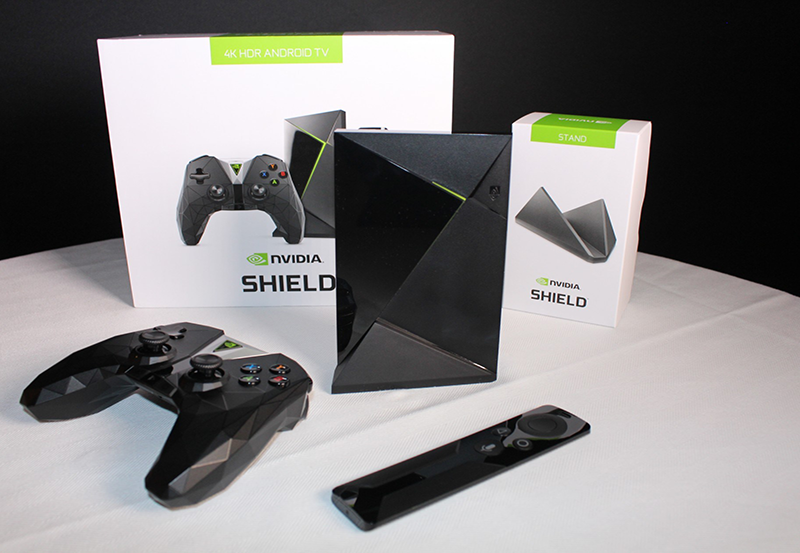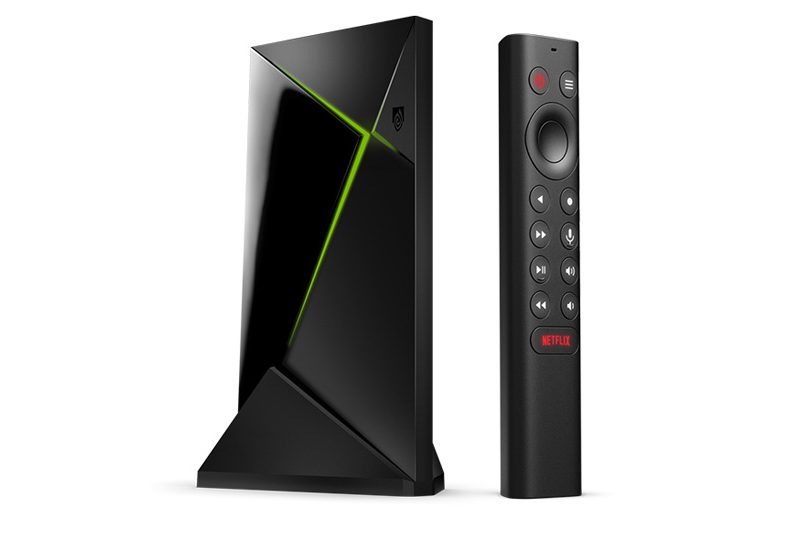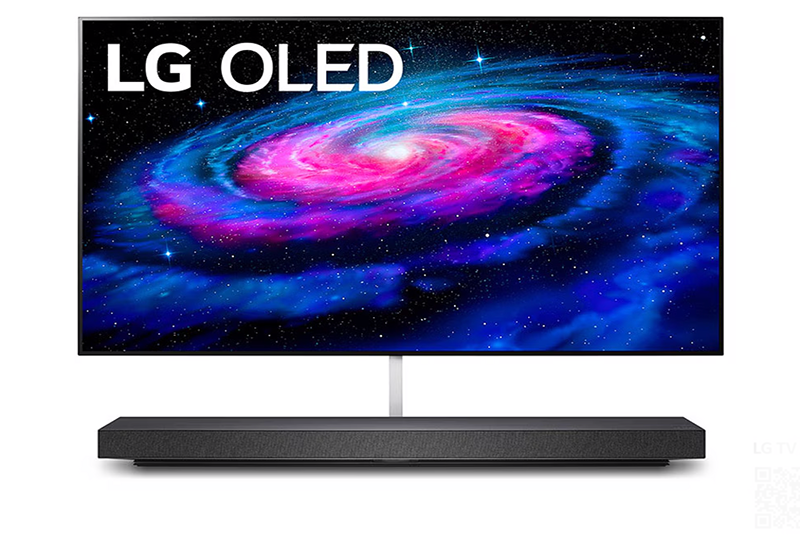When it comes to multimedia players, VLC Media Player has carved out a niche as one of the most versatile, reliable options available today. Particularly for macOS users, mastering the installation process can redefine your IPTV watching experience, allowing seamless access to a variety of media, including Smarters IPTV and international channels. In this guide, we’ll walk you through the VLC installation process on macOS, ensuring you get the most out of this powerful tool.
Why Use VLC Player on macOS?
As a versatile open-source media player, VLC offers compatibility with a wide array of formats, eliminating the need for additional codecs or plugins. One of its key features is the support for IPTV services, which opens up a world of possibilities when it comes to international channels.
VLC’s user-friendly interface on macOS means that even those new to media players can easily navigate and optimize their multimedia experience. Furthermore, its lightweight nature ensures it runs smoothly without consuming significant computer resources.
Pro Tip:
Stream top-tier entertainment with IPTV USA, offering unmatched access to live TV and on-demand content.
Key Features of VLC Player
Before diving into the installation process, it’s worth noting some of VLC’s standout features:
- Customizable Interface: Tailor VLC’s appearance to suit your preferences, enhancing your media experience.
- Robust Format Support: VLC can handle nearly any media format you throw at it, from video files to live streams.
- Advanced Playback Controls: Easily adjust playback speed, create playlists, or navigate chapters.
Preparing for Installation
Before you start installing VLC on your macOS device, it’s crucial to ensure your system meets the necessary requirements. This will guarantee a smooth installation process and optimal performance afterward.
System Requirements
Ensure your macOS version is compatible with VLC’s latest release. Generally, VLC supports macOS 10.7 or later. Additionally, a stable internet connection is essential for downloading the installation file.
Checking Your macOS Version
To check your macOS version, click on the Apple icon in the top-left corner of your screen, select “About This Mac,” and look at the version number. If your OS is outdated, consider updating it to fully enjoy VLC’s features.
Step-by-Step Installation Guide
Now, let’s delve into the actual installation process, ensuring every step is clearly outlined for a straightforward setup.
Downloading VLC Player
The first step is acquiring the VLC setup file from a reliable source. Official downloads are available directly from the VideoLAN website. Simply navigate to the page, locate the macOS version, and initiate the download.
The downloaded file will typically be stored in your “Downloads” folder. If you can’t find it there, check your browser’s download history to locate the file path.
Installing VLC Player
Once downloaded, click on the .dmg file to launch the installer. A window should appear, prompting you to drag the VLC icon into the “Applications” folder. This step is crucial to ensure VLC is properly integrated into your macOS system.
After dragging the icon to “Applications,” wait a few moments for the installation to complete. You can then find VLC in your applications menu, ready to be launched.
Configuring VLC for Optimal Performance
After installation, it’s time to configure VLC for the best performance. This section will guide you through some essential settings adjustments.
Adjusting Playback Settings
VLC allows for a range of playback customizations. To access these, open VLC, go to “Preferences,” and explore the options under “Audio” and “Video” settings. Here, you can adjust volume normalization, aspect ratio, and more to suit your viewing experience.
Setting Up IPTV Streams
One of VLC’s standout features is its support for IPTV. To watch international channels using Smarters IPTV, you need to configure the playlist URL provided by your IPTV service. Open VLC, select “File,” then “Open Network Stream,” and paste the URL. This simple setup can redefine your media-consuming habits.
Troubleshooting Common Issues
Despite its reliability, you might encounter some common issues during VLC’s use on macOS. Here’s how to troubleshoot effectively.
Handling Playback Errors
Encountering playback issues can be frustrating. Ensure your files are not corrupted and that VLC is updated to the latest version. If problems persist, try resetting your VLC preferences.
Resetting Preferences
To reset preferences, navigate to “Preferences,” then click “Reset All” at the bottom-left. Restart VLC to see if the issue is resolved.
Dealing with IPTV Buffering
Buffering during IPTV streaming is often due to network instability. Ensure your connection is stable, and consider reducing other bandwidth-intensive activities. Additionally, check your IPTV provider for any service interruptions.
Exploring Advanced VLC Features
VLC is more than just a media player; it’s a powerful tool with advanced functionalities that can enhance your viewership experience.
Using VLC for Screen Recording
Did you know VLC can also record your screen? To enable screen recording, go to “Media,” then “Open Capture Device.” Select “Screen” as your capture mode, and configure your preferred settings to start recording.
Taking Advantage of VLC Extensions
Enhance VLC’s capabilities by adding extensions. From subtitle managers to playlist organizers, these extensions can tailor VLC to fit your specific needs, providing more control and flexibility.
Maintaining VLC for Long-term Use
Regular maintenance of the VLC Player ensures its longevity and reliability on your macOS device. This final section covers essential maintenance tips.
Regularly Updating VLC
Ensuring VLC is updated not only provides access to the latest features but also enhances security. Enable automatic updates by going to “Preferences,” selecting “Updates,” and ensuring the auto-update checkbox is selected.
Cleaning Up Preference Files
Over time, VLC accumulates preference files that can slow down its performance. Regularly cleaning these files can improve speed and efficiency. Access your macOS library folder and delete unnecessary VLC support files to optimize space.
Fun Tidbits You Might Not Know
Did you know VLC Player has a hidden game feature? While primarily a media tool, VLC’s Easter egg features bring a touch of entertainment, such as the simple game accessible from the command line. Discover these fun elements without disrupting your primary usage.
A Unique Perspective on Software Utilization
Consider VLC not just as a player but as a tool for innovation in how you consume and interact with media. Its flexibility allows for personal customization, adapting to varied user preferences worldwide.
Frequently Asked Questions

How do I enable IPTV on VLC on macOS?
To enable IPTV, open VLC, go to “File,” then “Open Network Stream,” and enter the media URL provided by your IPTV provider.
Can VLC Player support Smarters IPTV?
Yes, VLC Player can support Smarters IPTV through network streaming, providing a comprehensive media viewing experience.
Why is VLC buffering during live streams?
Buffering might be caused by network instability. Ensure your internet connection is strong, and check your router or contact your IPTV provider if issues persist.
Is VLC a secure media player for macOS users?
VLC is a secure media player when downloaded from the official VideoLAN website. Regular updates enhance its security, keeping it free from vulnerabilities.
Can I customize VLC’s interface on macOS?
Absolutely! VLC allows interface customization via its settings, enabling you to refine your multimedia experience according to personal taste.
What should I do if VLC stops responding?
If VLC crashes, try force quitting the application, then restart your device and reopen VLC. Updating to the latest version can also resolve persistent issues.
Smart STB and IPTV: How to Stream Like a Pro





